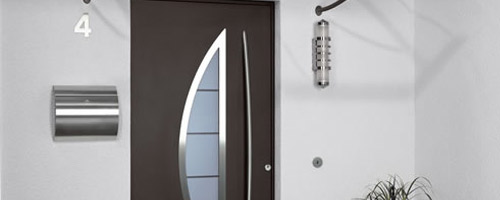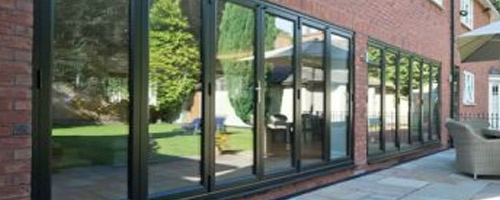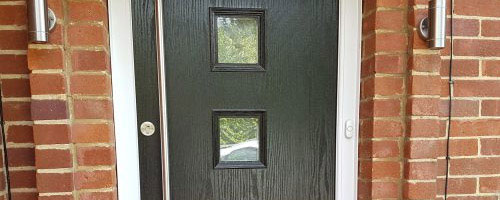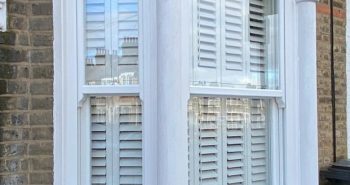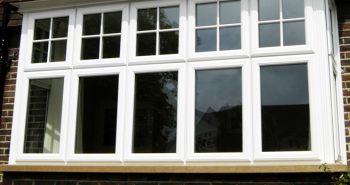During the winter, condensation on windows can be a serious and frustrating problem. The issue of condensation is actually one of the three main causes of dampness in peoples’ homes. Below, we cover how to stop condensation on windows in winter so your home remains warm and dry.
What is condensation and why does it happen?
Condensation is the process of turning gas/vapour into liquid. This happens when the temperature of the gas or vapour falls below its ‘dew point’. At the dew point, we can see the water droplets on a surface.
Condensation in windows happens when moist air in the room touches the cold surface of the window. This usually happens when you’ve got the heating on and it’s significantly colder outside than it is indoors. At first mist forms and then it will turn into small water droplets.
Why is condensation on windows bad?
While misty windows and water droplets may initially be a small annoyance, they can lead to more serious issues if left untreated.
Mould
Black mould can grow if you don’t treat any areas of dampness caused by condensation. If left untreated, it can affect your physical and mental health. You could suffer from respiratory infections, asthma, depression, allergic reactions, wheezing, sneezing and coughing.
Damage to windows
Constant exposure to wet and direct sunlight can cause uPVC window seals – which are built to withstand water – to dry and crack. Wooden frames are particularly vulnerable to damage: paint and varnish can peel off, leaving the wood exposed; and if not properly treated, the trim will dry out.
Discoloured walls
As well as damaging the window, condensation can also damage the surrounding walls by discolouring the paint and causing the wallpaper to peel.
Furniture damage
Condensation can also damage curtains and other soft furnishings. They may become mouldy or take on the musty smell of the room – something that no homeowner wants happening.
How to stop condensation on windows
More ventilation = less condensation
The main cause of condensation is a lack of ventilation. The solution is to improve ventilation to help equalise humidity inside and outside your home.
In the past, houses were equipped with poorly fitted windows and doors, chimneys and air vents that allowed cold drafts to enter homes but permitted great air circulation and ventilation. Over the past three decades, homes have become much more energy-efficient, resulting in many houses that are airtight and retain moisture.
Although we have learned to heat our homes more efficiently, we have less natural ventilation—and therefore higher humidity levels.
To promote ventilation in your home, open the windows a little or use a trickle vent. If needed, a dehumidifier can help remove moisture from the air, however, this isn’t as effective as ventilation.
Install double or triple-glazed windows
Replacing single-glazed windows with double or triple glazing will provide your windows with a layer of insulation that prevents condensation from forming on the glass. Your room will also be kept warmer which allows the air to hold on to more moisture.
See our double-glazing and triple-glazing windows.
Not forgetting those hardly used rooms
For those less-used rooms, condensation can become a big problem – especially if there is no heating in the room and the door is closed. This is because the window is kept cold and there’s no ventilation to move the moist air around. Because you use those rooms less frequently, the condensation might have already caused damage before you realise it.
Keep the heating on in those less used rooms and make sure there is ventilation by keeping the windows open a little.




